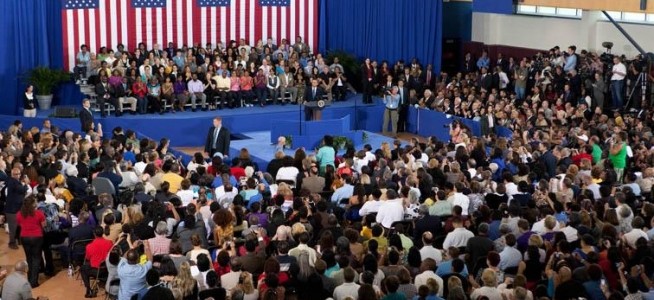Captain America Finally Wins!
The estate of Jack Kirby recently settled its long running dispute with Marvel Entertainment and its parent company Walt Disney regarding whether his estate had a right to terminate the copyright assignments to Marvel. However, the decision at the Second Circuit which he lost will be discussed to illustrate a point about what is a “Work made for Hire”.
Jack Kirby created Captain America which was purchased by Marvel (at that time called Timely Comics) in 1940. He then moved to DC comics, but returned to Marvel in 1958 to work with Stan Lee. He co-created along with Stan Lee popular characters such as the X-men.
In 2009, the heirs of Kirby (the Kirbys) served various Marvel entities with Termination Notices in an attempt to exercise statutory termination rights under 304(c)(2) of the Copyright Act of 1976.
Marvel filed a lawsuit on Jan. 8, 2010 seeking a declaration that the Kirbys had no termination rights because the works were made for hire by Jack Kirby within the definition of section 304(c). The Kirbys counterclaimed for a declaration that the termination notices were valid.
Section 304(c) provides that termination rights under that section do not exist with respect to works made for hire. In the contrary, where a work is “made for hire,” copyright law deems the employer to be the “author” for purposes of copyright ownership.
It was undisputed that Jack Kirby was not an employee of Marvel from when he returned in 1958. Rather, he was a freelancer that was not paid a fixed wage or salary, did not receive benefits, and was not reimbursed for expenses or overhead in creating his drawings. He set his own hours and worked from his home. When Marvel accepted drawings, it would pay Kirby by check at a per-page rate.
In deciding that Kirby’s work was a Work for Hire, the Second Circuit applied the “Instance and Expense” test, “a presumption in the absence of an express contractual reservation to the contrary, that the copyright shall be in the person at whose instance and expense the work is done”. A work is made at the hiring party’s ‘instance and expense’ when the employer induces the creation of the work and has the right to direct and supervise the manner in which the work is carried out.
Note that this does not apply to cases in which the material was created before the relationship between the parties begun. For example, in the case of Superman (Siegel vs. DC), even when the independent contractor (Siegel) was instructed to revise and expand Superman by DC comics, the control did not vest copyright from the creator because the material was created before the relationship between Siegel and DC begin.
The Second Circuit decided that the works in question were made at Marvels instance based on evidence that his working relationship with Marvel between the years of 1958 and 1963 was close and continuous and that Marvel’s payment of a flat rate and its contribution of both creative and production value, in light of the parties’ relationship as a whole, was enough to satisfy the expense requirement.
So, contrary to what a layman may think, work of a freelance creator such as Kirby can still end up being considered a work for hire. Of course a contract between Kirby and Marvel which explicitly pointed out that Kirby’s work was not a work for hire would have passed even the Instance and Expense test. This is a point authors and arts generally should take into account when they do not intend to assign their copyright in their work.




Comments are closed.